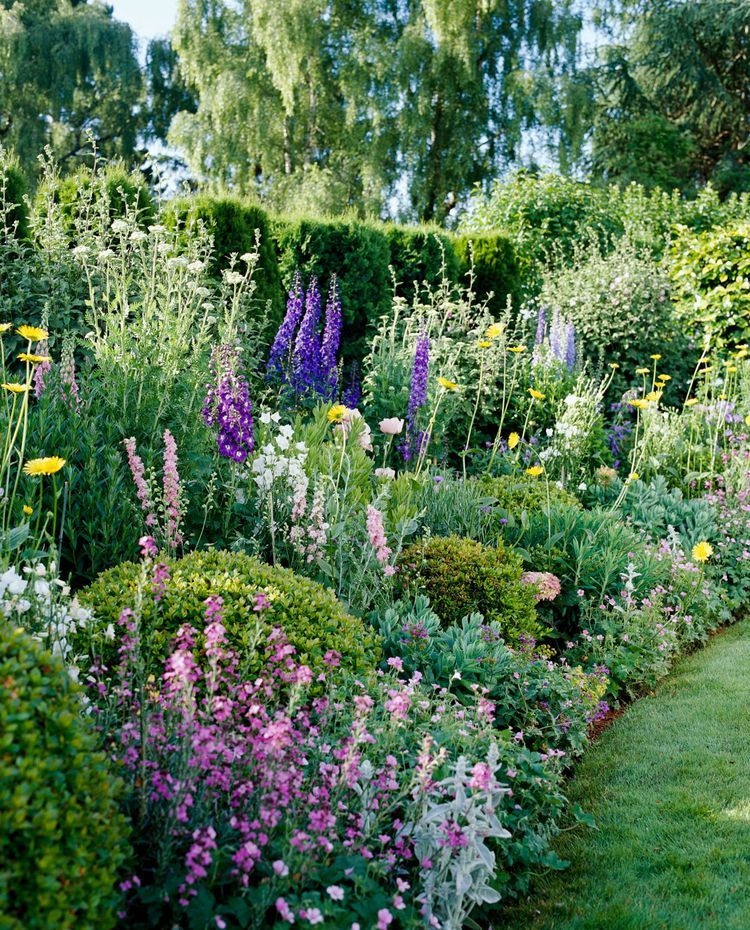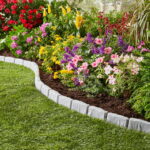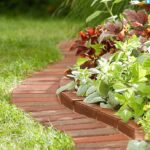Garden borders are an essential element in any well-designed garden, serving both practical and aesthetic purposes. These boundaries delineate the edges of flower beds, vegetable plots, and other garden features, preventing soil erosion and creating a neat, organized appearance. They also provide a framework for planting schemes, helping to define and separate different areas within the garden.
There are numerous materials that can be used to create garden borders, each with its own advantages and drawbacks. Common options include bricks, stones, timbers, and metal edging. Bricks offer a classic and formal look, while stones provide a more natural and rustic aesthetic. Timbers are versatile and easy to work with, while metal edging is durable and long-lasting. Ultimately, the choice of material will depend on the desired look, budget, and maintenance requirements.
When designing garden borders, it is important to consider the overall style of the garden as well as the specific purpose of the border. For example, a formal garden may benefit from crisp, straight lines and symmetrical plantings, while a more informal garden may look best with curved, flowing borders and a mix of different plant types. The height and width of the border should also be taken into account, as these factors will affect how the border interacts with its surroundings and the plants within it.
In addition to their aesthetic value, garden borders also serve a practical purpose. By creating physical boundaries between different areas of the garden, borders help to contain plants and prevent them from spreading uncontrollably. They also help to define pathways and other traffic areas, guiding visitors through the garden and preventing trampling of delicate plants. For vegetable gardens, borders can serve as barriers to keep out pests and protect the crops from damage.
Maintaining garden borders is essential to keeping them looking their best and functioning properly. Regular weeding, edging, and mulching will help to keep borders tidy and free of debris. Pruning and deadheading plants within the borders will also keep them looking neat and prevent overcrowding. Over time, materials such as timber may need to be replaced or repaired due to weathering and decay, so it is important to keep an eye on the condition of the borders and address any issues promptly.
In conclusion, garden borders are a crucial element in any garden design, providing structure, organization, and beauty. By carefully selecting materials, considering design principles, and maintaining borders regularly, gardeners can create visually stunning and functional borders that enhance the overall appeal of their gardens. Whether formal or informal, large or small, garden borders are a versatile and customizable feature that can transform any garden into a well-defined and cohesive space.
















